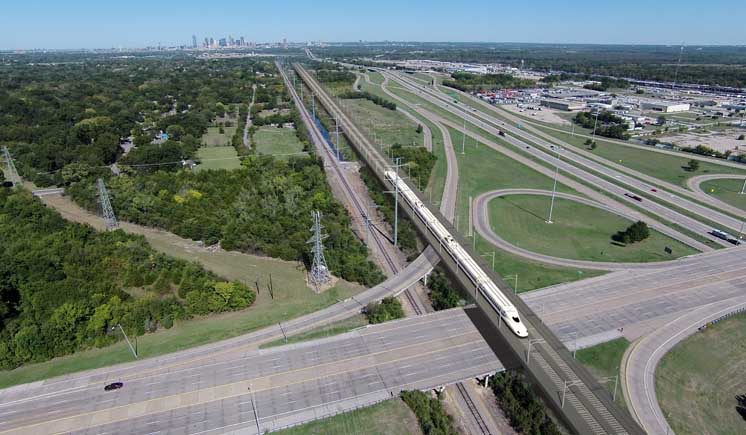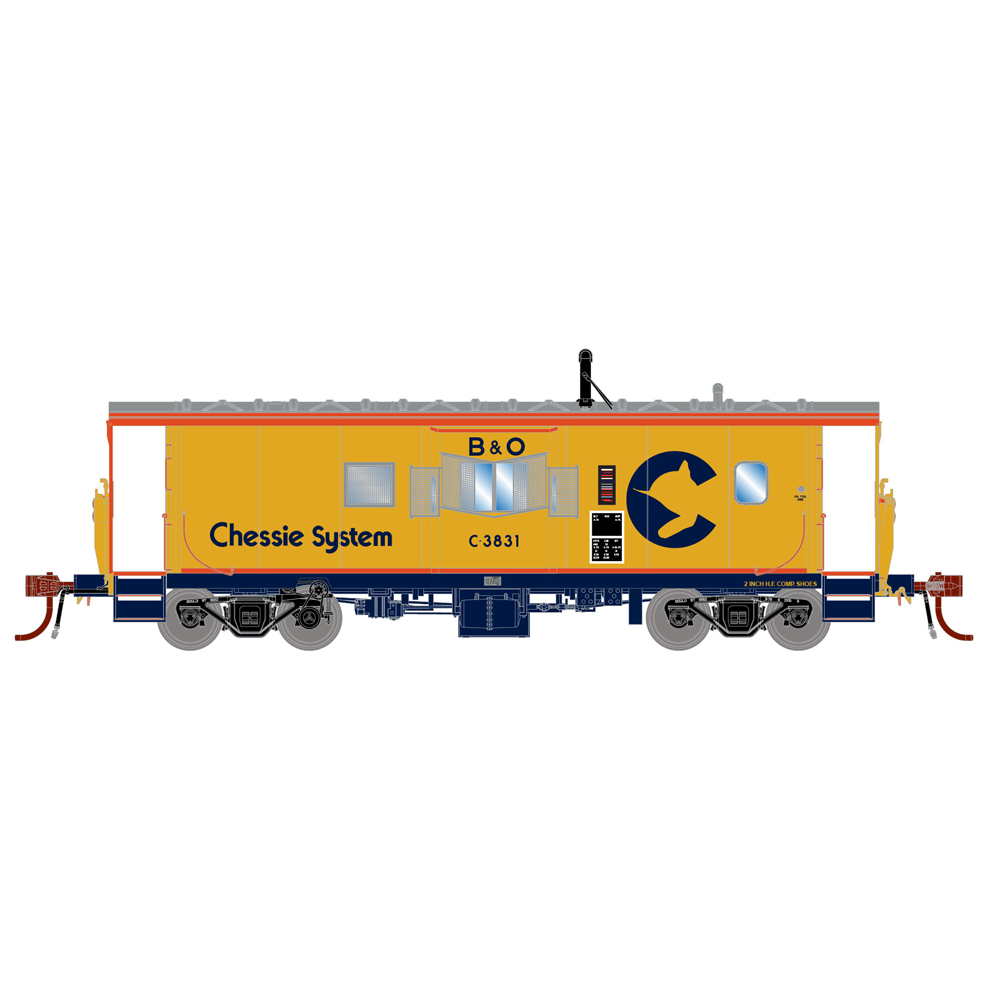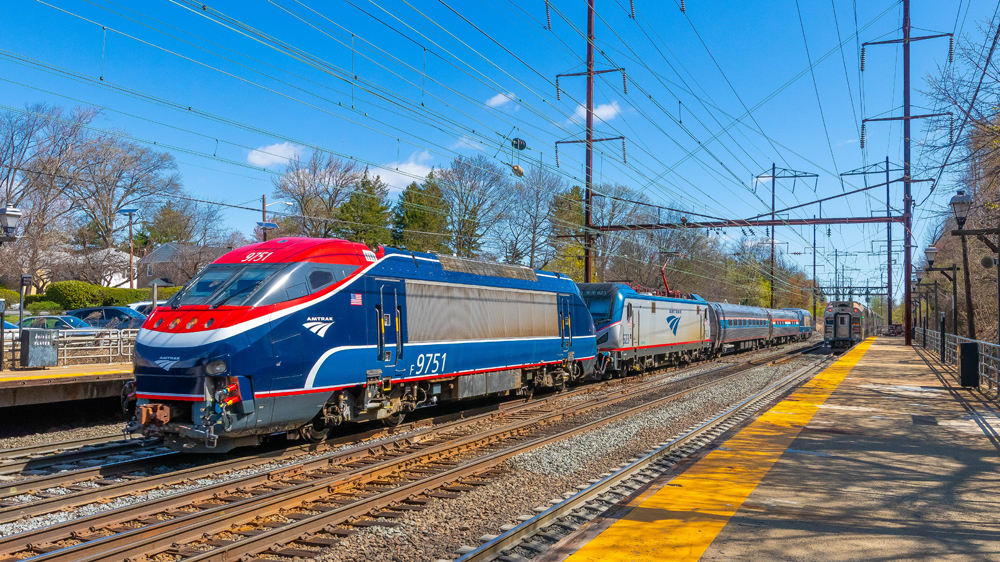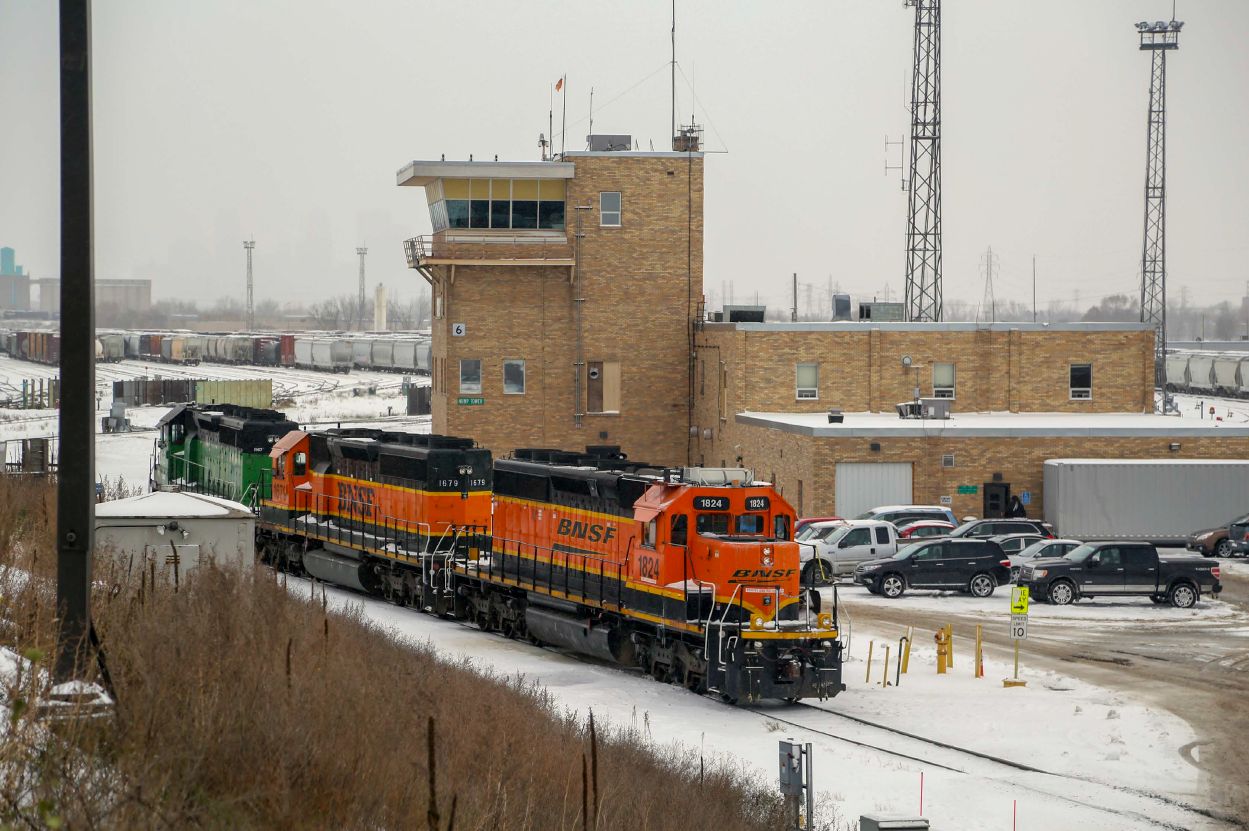O gauge RailKing Budd Rail Diesel Car set from MTH
Price: $399.95 (30-20303-1) Cmd low: 6.4 smph Cnv low: 7.8 smph High speed: 63.2 scale mph Drawbar pull: 1 pound, 6 ounces Features: Two can-style motors, ProtoSound 3.0 command and sound system, passenger Proto-Effects Current production: Amtrak, Massachusetts Bay, Pennsylvania-Reading Seashore Line, Port Authority of Allegheny County. Website: www.MTHTrains.com.
At about the tender age of 12, I discovered my first Budd RDC (Rail Diesel Car) in a photograph in a library book. At the time there were plenty of news stories about the decline of the passenger train and the loss of many trains with famous names. I concluded the RDC would be the machine that saved the passenger train!
Well, the Budd Co.’s great concept did reduce overhead costs on branch and commuter trains, but the passenger business was too far gone and railroads were cozying up to the idea of eliminating passenger service altogether. But neither the passenger train nor the RDC are quite dead yet.
A solid idea
The Budd Co. of passenger car fame upgraded an old concept: the motorized passenger car. The McKeen Co. successfully introduced the idea around 1905, and many firms followed up with it.
Budd, with experience making lightweight yet strong stainless-steel passenger cars, created a two-car RDC train set for the Denver & Rio Grande Western in 1941. The cars were each powered by two 192-horsepower diesel engines.
The plan was to motorize a passenger coach with a diesel prime mover. Although the first operational test of the RDC was not a success, operating conditions on the D&RGW might have been more a factor than the product.
Budd didn’t quit. Its postwar Rail Diesel Cars, which debuted in 1949, were powered by two 275-horsepower Detroit Diesels. Each had a torque converter to power each truck. The RDCs could be used individually or in multiple-unit configuration (Budd did not recommend using them as locomotives pulling coaches). The top speed was 85 mph.
A number of variations were made: The RDC-1 was all-coach with room for 90 passengers. The RDC-2 was a combination with a baggage compartment and seats for 70 passengers. The RDC-3 had a Railway Post Office section, a baggage compartment, and seats for 48 passengers. The RDC-4 had only RPO and baggage accommodations. The RDC-9 was a trailer with 94 seats, a single 300-horsepower engine, and no controls.
Nearly 400 of the Rail Diesel Cars were produced in five variations for 30 railroads in the U.S. and beyond. Many have been preserved.
I don’t think the RDC was a failure. The idea is sound, as witnessed by the many types of diesel-powered multiple-unit trains in operation around the world. It just didn’t work for the American travel market of the 1960s.
Opening the box
Unwrapping the cars, I thought the O gauge Budd RailKing RDCs from MTH Electric Trains were great-looking models. Anyone with a basic memory of the classic Budd passenger car will know the RDC’s family tree. It looks like what it is: a coach with two control cabs!
The pilot is stark, with some cast-in rivet detail and what looks like a handle to simulate an uncoupling device.
The face of the car is smooth, with windows on both sides and in the center door. Inside the cab there is a seat, but no engineer/motorman. Classification lights and number boards are just above the right and left windows, and two headlamps are above the doorway. The colorful Port Authority logo is seen on both sides of the car’s end. That road name dates this model much later in the RDC timeline, more so than New York Central or Baltimore & Ohio livery would.
There are two grab irons cast in on each side of the door. The add-on horn is just above the lamps, and what look like grab irons are close to the roof edge aligned with the horn. Behind the horn is a series of ducts for the car’s heating system.
The roofline has finger-tested texture, and the extrusions are nice and deep. The crowning detail is the bubble in the middle of the train. This houses the radiator and exhaust stacks that rise from the diesel engines. Those engines, like the motors of this model, are on the underside of the car.
The long side extrusions look great, and although the car is a traditional size, the wide windows allow a good view inside. The car has approximately four seats per window.
The silver paint on our sample was flawless, and the maroon stripe above the windows and the maroon and gold of the car number were classic accents for the silver body. The Port Authority logo was first rate as well.
On the test track
The RDC operates on O-31 or wider-diameter track, and the model is prime for operators running traditionally sized rolling stock. Operate scale trains? You still might want to check it out. The size difference may not matter as much if you just want to run an occasional short passenger train to mix in with freight consists.
The RailKing model looks good and runs well as a powered unit and unpowered trailer or just as lone powered unit. It also does a fine job with a few coaches tacked on for vacationers or even holiday travelers.
Operation was smooth in all speed ranges, and the coupled duo rolled smoothly through our test track’s sudden “S” curve. No derailments occurred, and there were no excessive sounds when running through the switches.
The ProtoSound 3.0 system sounded great, and the package also has the Passenger Station Proto-Effects system that allows you to run through various station stops.
Operationally the RDC was fine. The speed range was 2.5 scale miles per hour on the low end and 67.5 on the high end.
The RDC’s drawbar pull was a very decent 1 pound, 3 ounces, which suggests this would make a good, if unprototypical, freight-hauler as well.
The RailKing line Budd RDC looks nice, and the most recent run has a variety of contemporary road names that just may be right four your O gauge commuters.














